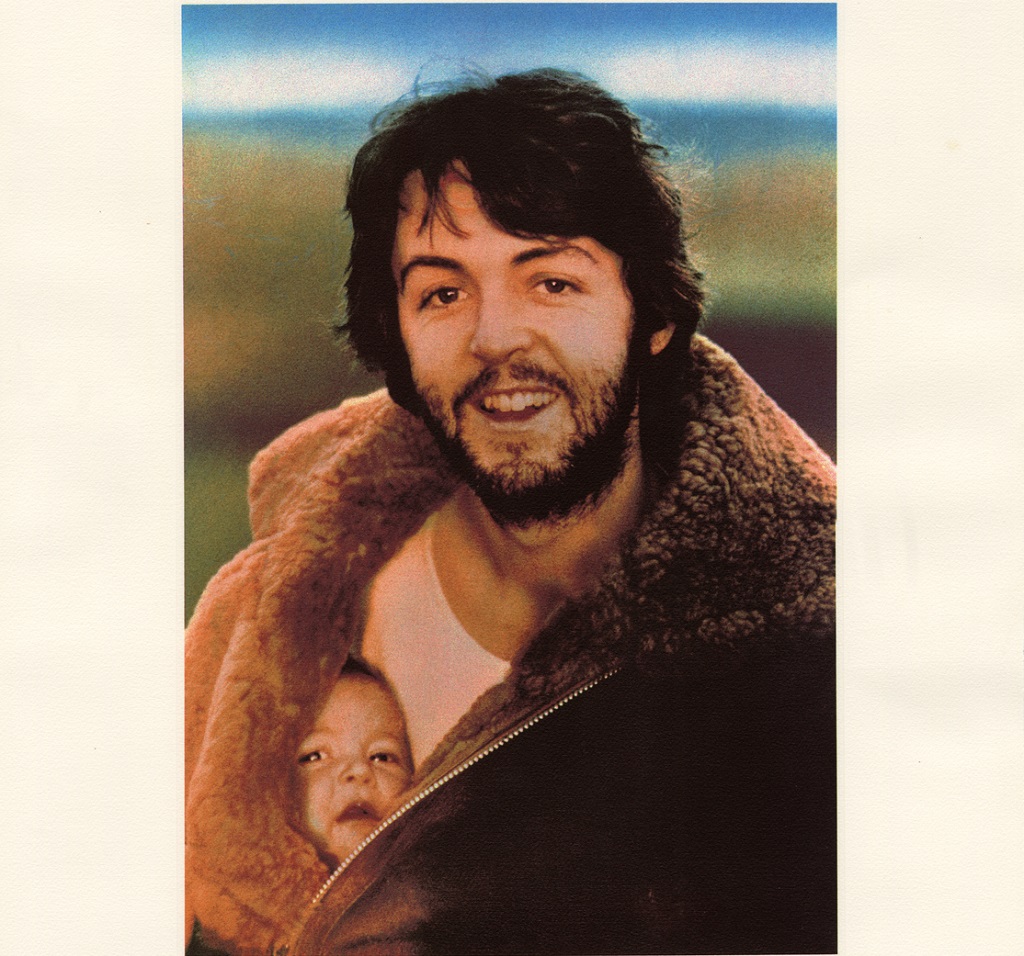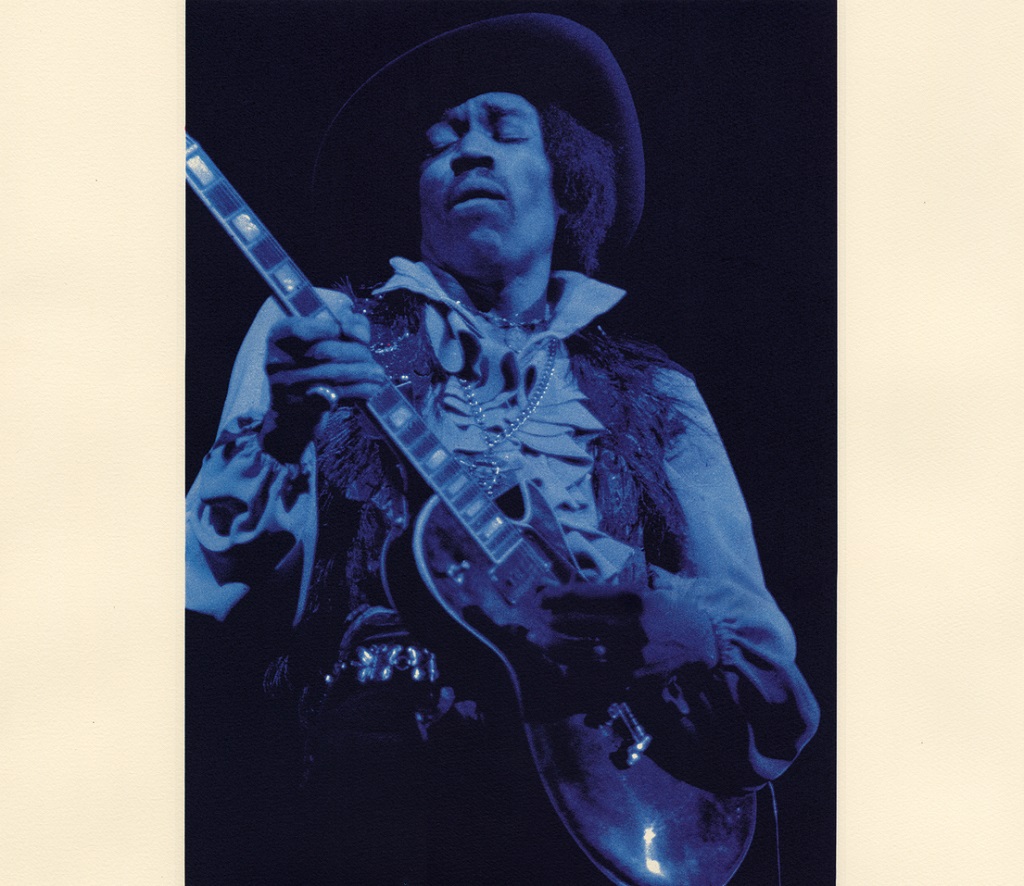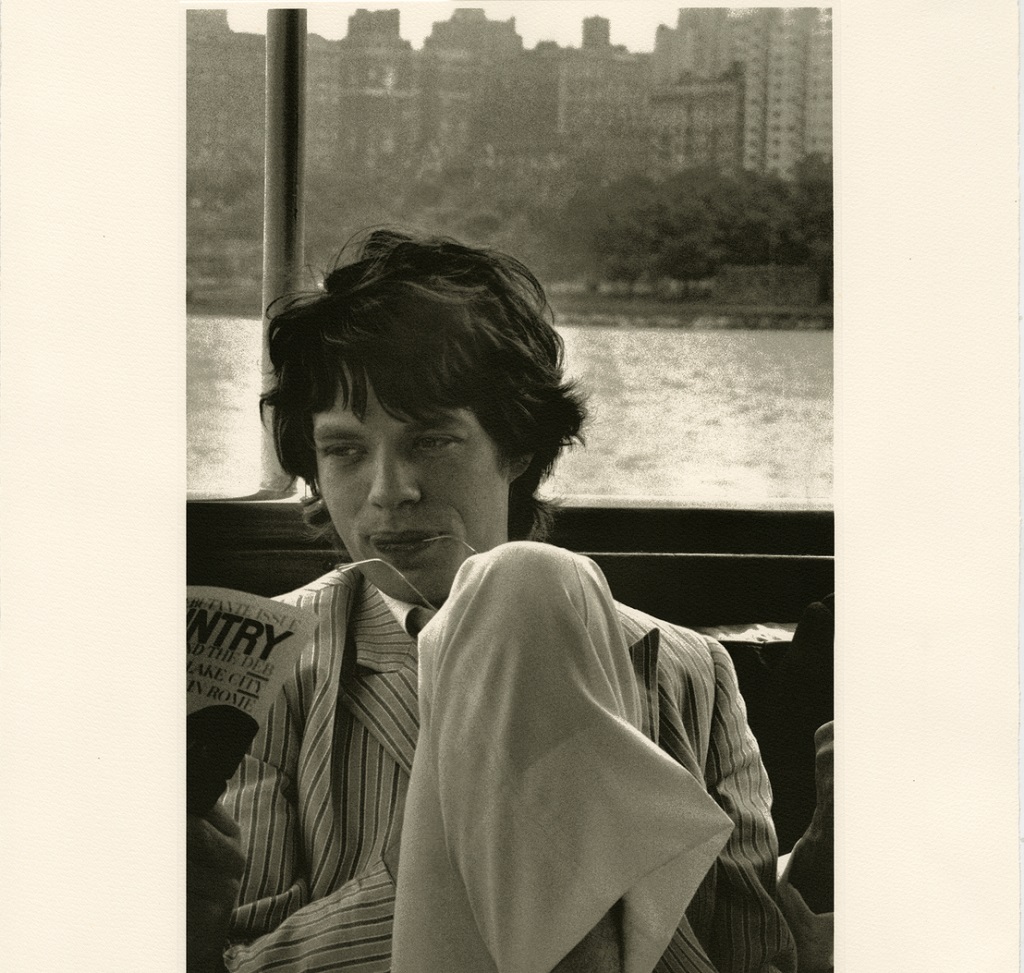Time’s running out for people wanting to see Linda McCartney Retrospective – a major photographic exhibition, which is curated by Paul, Mary and Stella McCartney.
Located at Glasgow’s Kelvingrove Museum, it features iconic names and moments in music from the 1960s along with more intimate and emotional later work by this acclaimed and prolific photographer.
The retrospective features a wealth of ephemera and archive material, which is being shown in public for the first time. This includes one of Linda’s diaries from the 1960s, bringing new insight into the contemporary music scene of the era and the beginnings of her photographic career.
Cameras used by Linda and held in her archive are displayed along with photographic equipment and vintage magazines that have been uncovered from her expansive archive. Polaroids and contact sheets will also be part of the exhibition which explore her creativity and use of the different photographic techniques.

The Retrospective features a section dedicated to the photographs Linda took in Scotland alongside the themes of family life, self portraits, nature and social commentary.
Linda McCartney is known for her enticing, intimate portraits of sixties music icons and for being a pioneer of vegetarian cooking; two distinctive elements that bookend her multiple other careers as musician, entrepreneur and animal rights activist. The Linda McCartney Restrospective is a major exhibition at Kelvingrove Art Gallery and Museum that highlights her photographic achievements in the decades between capturing pop culture of the 1960s and starting her vegetarian food brand in the 1990s.
The exhibition is being shown for the first time in the UK in Glasgow, and has been curated by those who saw at first hand the development of Linda’s photographic practice and ambitions over a thirty-year period: her husband Paul and daughters Mary and Stella. Selecting the exhibition from Linda’s vast archive of over half a million photographs, prints and memorabilia, the family have encapsulated wide ranging themes from musical legends to nature, family life and social commentary. The photographs also demonstrate Linda’s refusal to shy away from the domestic and everyday.
Linda’s first photographs, taken in the early sixties in Arizona, were mainly of her horse and daughter Heather, This continued throughout her career as she continued to visually document her love of nature and the natural world. Linda’s ability to capture natural light is evident in Lucky Spot in Daisy Field (Sussex, 1985). Here the horse is presented in a mystical manner; there are no clear tracks of its journey to them middle of the daisies; it is standing of its own apparent accord, as if she stumbled upon this horse who appears to be deep in thought.

Jimi Hendrix, Blue
Linda McCartney became a professional photographer in the mid-1960s, known for her portraits of Jimi Hendrix, The Rolling Stones and The Beatles, among many others. In 1968 she was the first female photographer whose work was featured as the cover of Rolling Stone magazine, with a portrait of Eric Clapton.
Linda referred to the sixties as a time with ‘hope in the air’ and explained that she was unaware of how legendary some of her subjects would become: ‘It felt like being in Hollywood at the time when Hollywood was relatively innocent. We all knew something was happening but it wasn’t discovered yet… People who later became icons were on the brinks of their careers, wondering whether anybody was ever going to notice them…
‘That’s what made it exciting to be taking photographs. It was before the self-consciousness set it. I wanted to record what was there – every blemish, every bit of beauty, every emotion. I wasn’t interested in the manufacturing a show-business like image. I would rather photograph a wrinkled apple than a made-up, smooth glamorous man. Hence the reason I never got into fashion photography.’
In 1974, when Linda and Paul appeared on Rolling Stone’s cover, she became the first person to have been photographed and taken a photo for the cover of the magazine: a neat reflection of Linda’s life both in front of and behind the lens.

Mick Jagger
Following her marriage to Paul McCartney in 1969, Linda’s photographs became more intimate and emotional, exploring the natural world, family life and social commentary. Many of her family images were taken at their family home in Campbelltown. It is quite remarkable to see images taken by Linda of everyday life in Scotland – such as Local Men in Campbeltown, or Distillery Workers, Scotland, – sit alongside portraits of some of the most recognisable faces in popular music and culture. As Paul McCartney himself has said, Scotland was “a country Linda loved so much and spent so many happy days in.”
Alongside photographs, the retrospective also includes one of Linda McCartney’s diaries from the 1960s, which is being displayed in public for the first time. It brings new insight into the contemporary music scene of the era and the beginnings of her photographic career.
Visitors can also see her cameras, photographic equipment and vintage magazines that have been uncovered from her archive. This is an exciting and rare opportunity to see ‘behind the scenes’ of an artist’s career.
Linda McCartney continued to work prolifically as a photographer until her death from breast cancer in 1998. Her work has been exhibited by institutions including the International Center of Photography in New York, the Victoria & Albert Museum and the National Portrait Gallery in London.
Linda McCartney Retrospective runs at Kelvingrove Art Gallery and Museum until 12 January 2020.
Kelvingrove will also feature an exhibition shop with a range of products such as limited edition prints, books, ceramics, postcards, keepsakes and more.
Visit HERE to buy tickets. Tickets are £7 adults, £5 concessions.
TAGS

